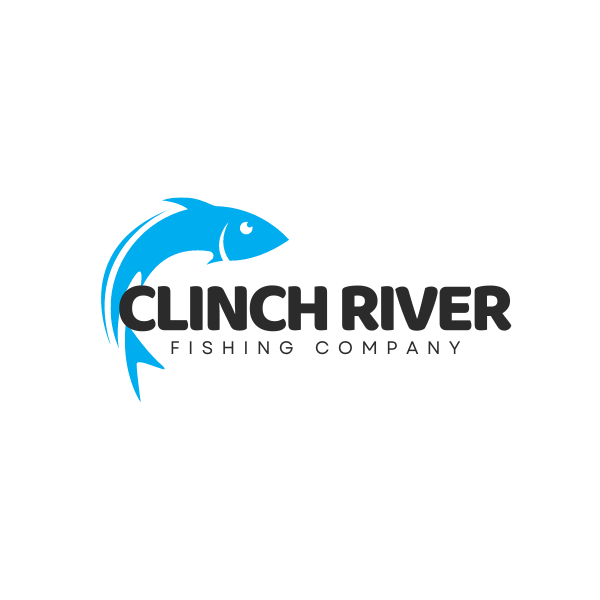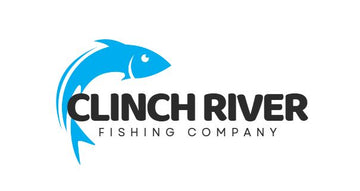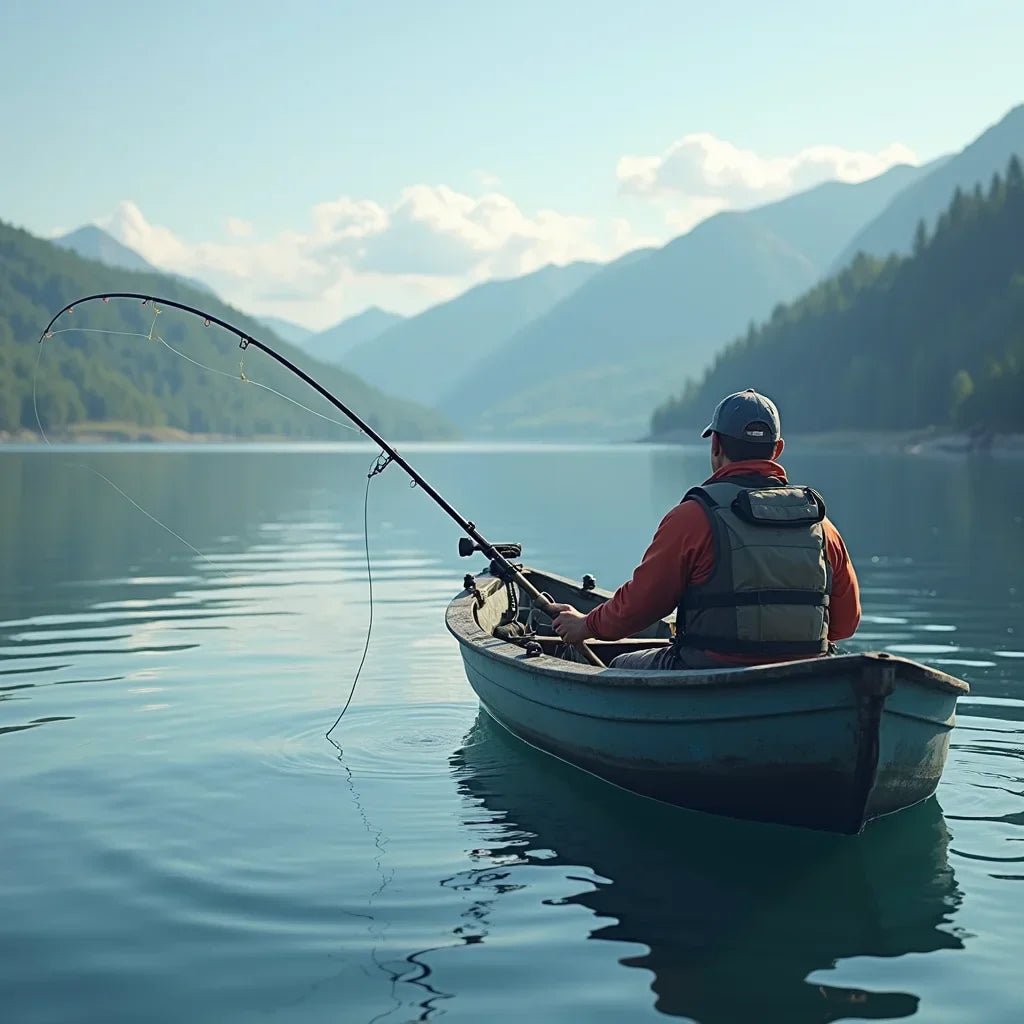Updated on: 2025-10-02
Table of Contents
- Did You Know? Fishing Facts Worth Noting
- Comparison: Pros & Cons of Popular Fishing Approaches
- Buyer’s Checklist: Fishing Gear, Bait, and Tackle
- Final Thoughts & Advice for Thoughtful Fishing
- Fishing Q&A: Quick Answers
- What is the best time of day to go fishing?
- What bait should I use for bass?
- How do I choose a beginner surf fishing setup and gear?
Fishing can be as simple as a quiet afternoon at a pond or as involved as a carefully planned day of sport fishing on coastal surf. If you are new to angling or returning after a break, this article offers a gentle, step-by-step way to understand fishing gear, choose bait and tackle, and plan your next outing. You will also see how to think about timing, water conditions, and the small details that make a big difference. Whether you are searching “best freshwater fishing spots near me” or preparing a beginner surf fishing setup and gear list, the ideas below are designed to be calm, clear, and useful.
Did You Know? Fishing Facts Worth Noting
- Simple setups often catch fish. A balanced rod, matched line, and a reliable knot can matter more than a large collection of lures.
- Local rules vary. Many regions require a fishing license and have size or bag limits to support healthy fisheries. Checking your local agency’s website before you go may be helpful.
- Light line can improve bites. In clear water, thinner line is less visible and may increase your chances, especially for cautious fish.
- Timing is flexible. While many anglers like early and late hours, periods of stable weather and gentle winds can be productive throughout the day.
- Structure draws fish. Weed edges, submerged wood, docks, rocks, points, and current seams often hold active fish in both freshwater and saltwater.
- Natural presentation matters. Matching bait size and color to local forage, and moving it at a lifelike pace, often helps more than any single lure choice.
- Keeping notes is valuable. A simple log of water clarity, temperature, and what worked can guide better decisions on your next fishing trip.
Comparison: Pros & Cons of Popular Fishing Approaches
Here is a balanced look at several common ways to enjoy angling and sport fishing. This can help you choose a comfortable starting point and refine your plan for bait and tackle.
Freshwater vs. Saltwater
- Freshwater Pros: Often closer to home; simple gear works well; many species available in lakes, rivers, and ponds; easier entry for beginners.
- Freshwater Cons: Fish may be cautious in clear water; some locations see heavier fishing pressure; boat access can be limited at times.
- Saltwater Pros: Wide range of species; strong fights; surf and pier access can be affordable; exciting sport fishing potential.
- Saltwater Cons: Corrosion can affect gear; surf conditions and tides add complexity; tackle may need to be heavier, increasing cost.
Shore, Kayak, or Boat
- Shore Pros: Low cost; quick trips; family-friendly; less gear to manage.
- Shore Cons: Limited reach; access can be crowded in popular areas; wind or algae can restrict casting.
- Kayak Pros: Quiet approach; close to the water; access to coves and shorelines that boats and shore anglers may miss.
- Kayak Cons: Weather-sensitive; storage and transport needed; safety gear is important.
- Boat Pros: Range and comfort; electronics can help find structure; ideal for sport fishing and covering water.
- Boat Cons: Higher costs; maintenance; launch logistics and weather planning.
Live Bait vs. Artificial Lures
- Live Bait Pros: Natural scent and movement; reliable for many species; effective when fish are selective.
- Live Bait Cons: Handling and storage; may be regulated in certain waters; can attract unwanted bycatch.
- Artificial Pros: Reusable; consistent; easy to store; wide variety for different depths and actions.
- Artificial Cons: Learning curve for retrieval; less scent; more dependent on angler technique.
If you want regional ideas and trip planning inspiration, the Clinch River Fishing USA site offers helpful local insights and updates that many anglers appreciate.
Buyer’s Checklist: Fishing Gear, Bait, and Tackle
This checklist aims to keep your fishing gear simple, effective, and easy to maintain. You can adjust each item to your preferred angling style and target species.
-
Rod and Reel
- Freshwater all-around: Medium-light to medium power spinning combo, 6’6”–7’ length for versatile casting.
- Surf or saltwater: Longer rod (8’–10’) with a corrosion-resistant reel; choose appropriate line capacity for casting distance and waves.
-
Fishing Line
- Monofilament: Forgiving and budget-friendly; helpful for newcomers.
- Braid with leader: Sensitive and thin; add a clear fluorocarbon leader in clear water.
-
Terminal Tackle
- Assorted hooks (sizes for your target species).
- Split shot and a few sinker styles for depth control.
- Swivels or snaps to reduce line twist and speed rig changes.
- Floats or bobbers for live bait and gentle presentations.
-
Bait and Tackle
- Live bait: Worms, minnows, or shrimp (where allowed).
- Soft plastics: Straight-tail worms, paddle tails, and creature baits in natural colors.
- Hard baits: Crankbaits, jerkbaits, and topwater lures for covering water.
- Jigs: Versatile and effective in many depths and water types.
-
Tools and Accessories
- Pliers, line cutters, and a small tackle tray.
- Polarized sunglasses for seeing structure and reducing glare.
- Measuring device and a simple scale if you track sizes.
- Landing net and fish-friendly tools for safe handling.
-
Storage and Care
- Rinse saltwater gear with fresh water after each use.
- Check knots and frayed line often; re-tie as needed.
- Keep hooks organized and protected to avoid snags.
-
Location and Timing
- Search “best freshwater fishing spots near me” to discover easy-access waters such as public parks, community lakes, and piers.
- Note wind direction, tide (for saltwater), and recent weather changes to plan safe, comfortable outings.
For more seasonal tips and simple techniques, you may enjoy browsing the Blog, which often features timely updates for anglers.
Final Thoughts & Advice for Thoughtful Fishing
Fishing rewards patience, curiosity, and care. A balanced setup, a few dependable lures, and an eye for structure will take you far. Try to keep notes on water clarity, sky conditions, and what worked. Over time, you may notice patterns in your angling that make your next sport fishing trip more comfortable and productive.
When you plan a new outing, consider a simple approach: choose a versatile rod and reel, bring a short list of bait and tackle that match local forage, and focus on a few high-confidence areas. If the bite slows, change one thing at a time—depth, speed, or lure profile—so you can tell what helped. This calm process works for many anglers and helps make each trip a learning experience.
If you are preparing a beginner surf fishing setup and gear list, keep it light and reliable. A comfortable shoulder bag, a compact sand spike, corrosion-resistant pliers, and just a few lures can make long walks on the beach more enjoyable. In freshwater, a small box with hooks, a couple of jigs, soft plastics, and a topwater lure often covers a wide range of situations.
For commonly asked questions and practical details (including what to bring, how trips work, and local considerations), the FAQ is often helpful. If you would like gentle guidance on planning a local day on the water or exploring specific techniques, reaching out through the Contact page is a considerate next step.
Disclaimer: Always follow local regulations, licensing requirements, and posted guidelines. Practice safe handling and considerate fish care, and be mindful of private property and public access rules.
Fishing Q&A: Quick Answers
What is the best time of day to go fishing?
Many anglers favor early and late hours because lower light can make fish feel safer and more active. That said, steady conditions—such as light wind and mild temperatures—often matter more than the clock. If the weather is stable, midday fishing can also be productive, especially around shade, deeper drop-offs, or moving water. When possible, plan around calm, consistent conditions and spend extra time near structure where fish feed.
What bait should I use for bass?
For a simple and reliable approach, soft plastics (like straight-tail worms or paddle tails) in natural colors are a steady choice. If fish are feeding near the surface, a small topwater can be exciting and effective. In stained water, adding a jig or a lure with vibration can help fish locate your presentation. If live bait is allowed, minnows or nightcrawlers can be a gentle and productive option. Match the size of your bait to local forage and keep your retrieve smooth and natural.
How do I choose a beginner surf fishing setup and gear?
A practical beginner surf setup usually includes a medium-heavy spinning combo in the 8’–10’ range, a corrosion-resistant reel, and line sized for your local surf conditions. Add a few basic rigs (such as simple bottom rigs), a compact selection of spoons or metal lures for casting distance, and a small shoulder bag for comfort on longer walks. Rinse everything with fresh water after each trip to protect your gear. If you would like local insights for tidal timing and safe access, a quick look at the Clinch River Fishing USA resources can be helpful.

Owner and CEO of Clinch River FIshing USA. A marine electroncs, fishing and outdoor store.

